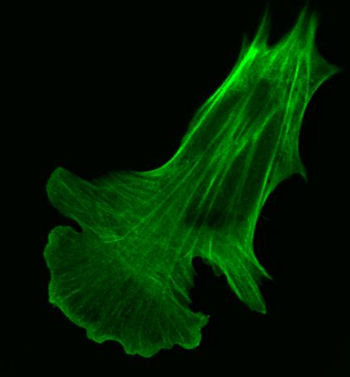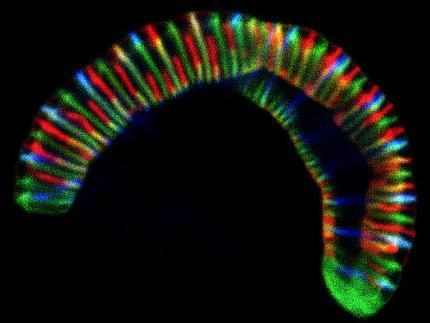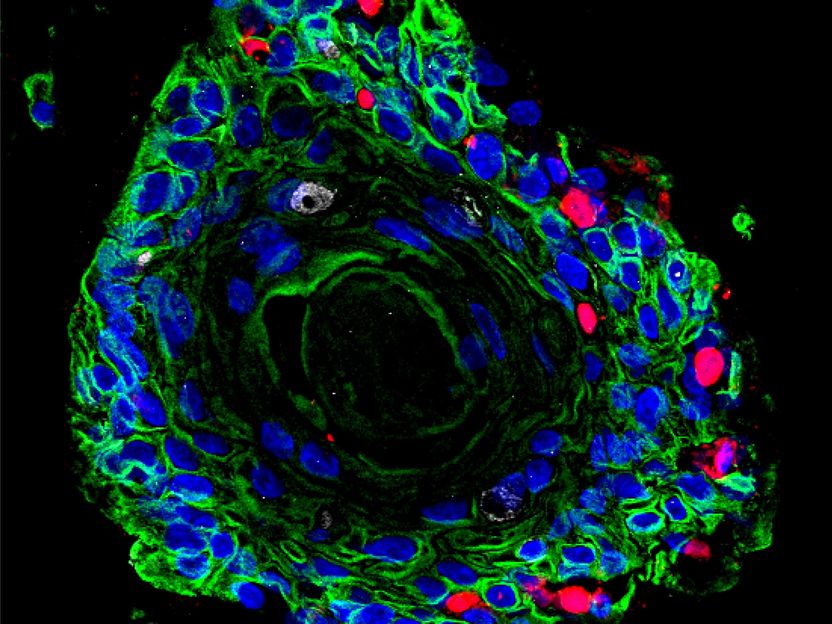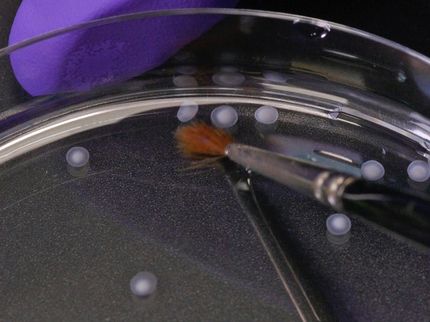Amorfix A(4) Assay Provides New Insights Into Alzheimer's Disease Pre-clinical Development Mouse Models
Amorfix Quantifies Rate of Accumulation of Amyloid in Seven Mouse Models of AD
Amorfix Life Sciences has used its A(4) test to compare the rate of accumulation of aggregated Abeta in the brain tissue of various mouse models of AD. Amorfix presented this new data at the International Conference on Alzheimer's disease (ICAD 2010) this week.
The paper presented by Amorfix entitled "Early Detection of Beta-Amyloid Aggregation in In Vivo and In Vitro Models of Alzheimer's Disease" characterized seven different AD mouse models by quantitatively measuring the beta-amyloid (Abeta) aggregates in brain tissue from animals 1 month to 14 months of age. The accumulation of Abeta is the hallmark of AD in humans, and a number of cell-culture and animal models have been developed to mimic AD pathology. The A(4) (Amorfix Aggregated Abeta Assay) was developed to provide a quantitative method for detection of aggregated species of Abeta.
"The utility of the A(4) test to answer scientific questions continues to grow rapidly. These new findings will provide researchers with the ability to assess drug effects at critical time points when aggregation is high or low or accelerating in mouse models of AD", said Dr. Louise Scrocchi, Senior Scientist of Amorfix. "The A(4) can also be used for quantification of pyroglutamate (pGlu) modified Abeta peptides which are major constituents of amyloid deposits in both sporadic and inherited AD, and make better drug targets than do the full-length versions. A growing number of researchers are now focusing on this modified peptide as a target for drug discovery."
The A(4) can be used for the specific quantification of aggregated Abeta 1-42 in tissue culture. This will allow for high-throughput screening for selection of lead compounds to use for pre-clinical AD trials in animals. Amorfix offers the A(4) test as a service to AD researchers worldwide and recently partnered with reMYND of Belgium to provide the A(4) to their contract research organization clients.
Most read news
Topics
Organizations
Other news from the department research and development

Get the life science industry in your inbox
By submitting this form you agree that LUMITOS AG will send you the newsletter(s) selected above by email. Your data will not be passed on to third parties. Your data will be stored and processed in accordance with our data protection regulations. LUMITOS may contact you by email for the purpose of advertising or market and opinion surveys. You can revoke your consent at any time without giving reasons to LUMITOS AG, Ernst-Augustin-Str. 2, 12489 Berlin, Germany or by e-mail at revoke@lumitos.com with effect for the future. In addition, each email contains a link to unsubscribe from the corresponding newsletter.
Most read news
More news from our other portals
Last viewed contents
Aterovax Signs Collaboration with Biomnis to Offer sPLA2 Activity Testing in Pharmaceutical Clinical Research

Max Planck Innovation awards license for actin marker LifeAct - Max Planck Innovation and ibidi sign license agreement for cytoskeleton research

Caterpillar-like bacteria crawling in our mouth - Evolution of longitudinal division and multicellularity in oral bacteria
Cell Medica strengthens team with key appointment to senior management
Algeta elects US pharma industry executives Judith Hemberger and Kapil Dhingra to its Board of Directors

New 'Chiral Vortex' of Light Reveals Molecular Mirror Images - The entirely new structure of light could help drug developers see their work more clearly than before
American_Medical_Marijuana_Association
Category:Cell_biology_literature

Cancer: When viruses and bacteria cooperate - HPV and Chlamydia: a malicious alliance driving cellular transformation
AFFiRiS' Alzheimer's Vaccine AD02 already in clinical phase II






















































